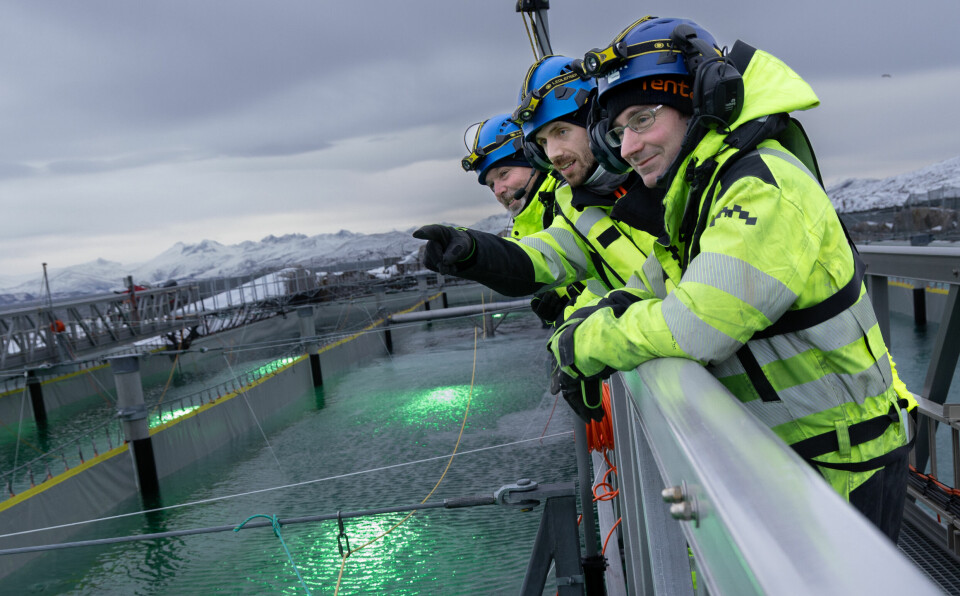
Giant rise in construction price for Gigante Salmon
Cost of land-based fish farm jumps 54% to NOK 995 million and is now 120% above original estimate
The construction costs for a 16,000-tonnes-per-year land-based fish farm in Norway have rocketed for the second time in six months.
Gigante Salmon AS, which is developing the flow-through facility, has today been informed of a new increase in the cost forecast which is in the order of NOK 350 million (£25.8m), it said in a stock exchange announcement.
The board emphasised that the figures are still subject to control, quality assurance and dialogue with the suppliers.
The total investment framework for the development in Rødøy up to the completion of the plant is now estimated at approximately NOK 995m. This is an increase of 54% over the previous price of NOK 645m, which was announced in September 2023 and was itself NOK 200m (44%) higher than the original price for the facility.
The project has thus become NOK 550m (120%) more expensive in six months.
New capital
“The cost increase will require new capital to the company. This work has been initiated. The plan is that the cost increase will be covered through a combination of equity and debt financing,” stated Gigante Salmon.
The company pointed out that in a private placement in October 2023, it raised NOK 100m more than was needed to cover the previous shortfall.
“The cost increase forecast is mainly due to longer construction time, including costs for rigging and operation,” stated the company.
Shortly after the announcement, the company also announced that it had sacked chief executive Helge E. W. Albertsen.
Gigante Salmon will grow fish in raceways in pools excavated from the bedrock of a small island, Lille Indre Rossøy, in Rødøy municipality in the Helgeland region on the west coast.
It is already growing smolts to 1kg in a nursery pool at the site, and will transfer them to grow-out pools when the pools and the fish are ready.
Nearly half of the first batch of 640,000 smolts that were stocked in January died. The mortality was believed to be due to a combination of factors.





















































